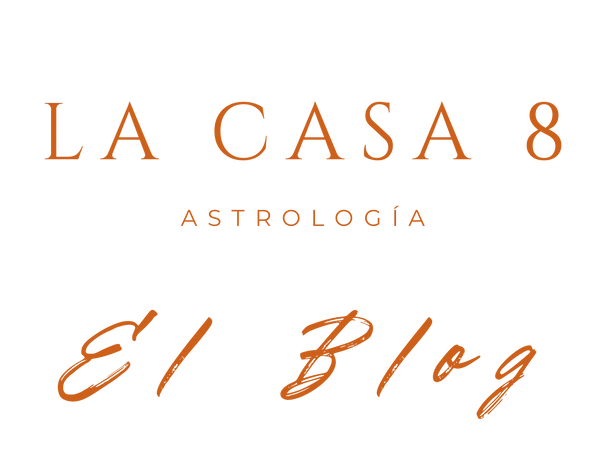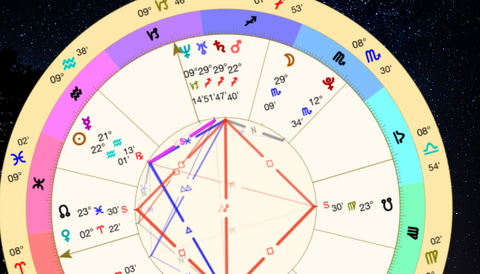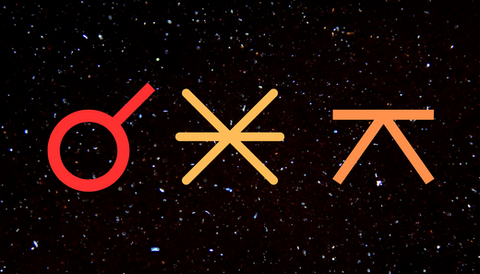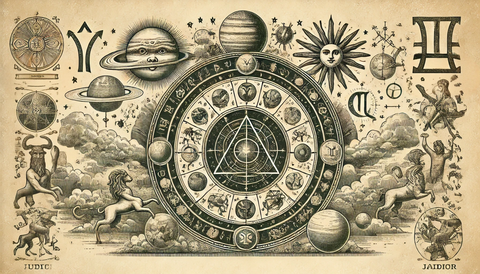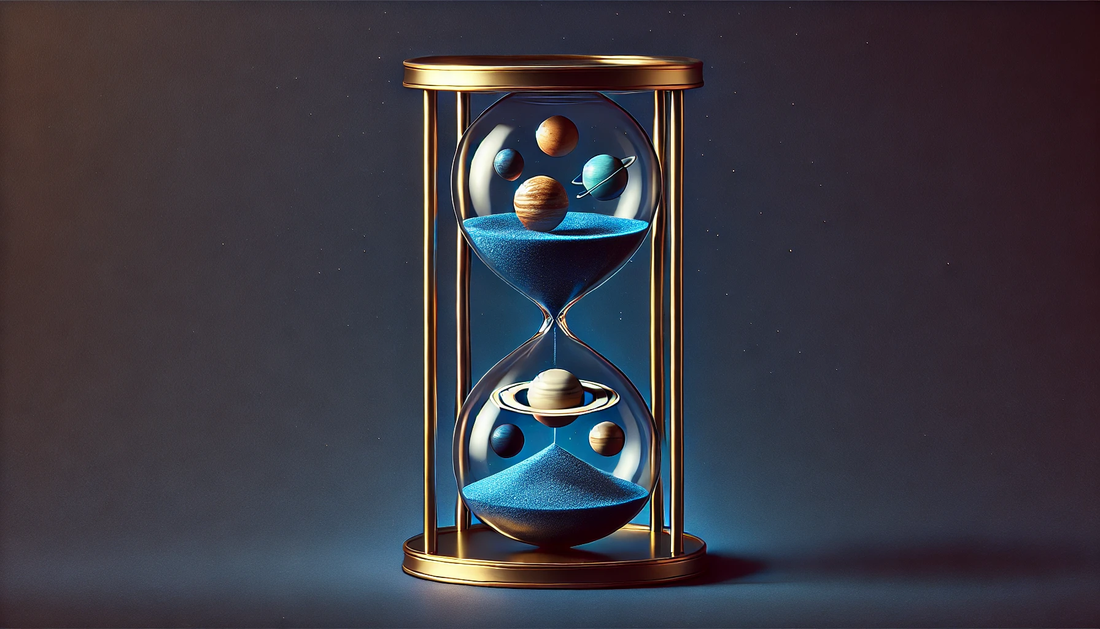
Introduction to predictive astrology
Predictive astrology is an extremely powerful tool that allows us to analyze astrological trends and cycles to understand how they might influence our lives. Its purpose is not to establish a fixed future, but rather to offer clarity about the energies manifesting in a given period of time. Rather than predicting the future, predictive astrology seeks to help us anticipateIt allows us to identify opportunities and key moments to make conscious decisions aligned with our personal goals. It's a guide for managing challenges and enhancing our well-being. Therefore, although it...
Create your account to read the full article.
